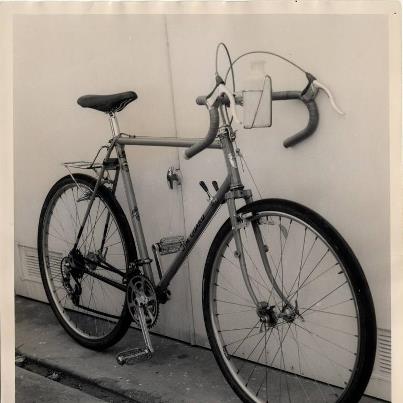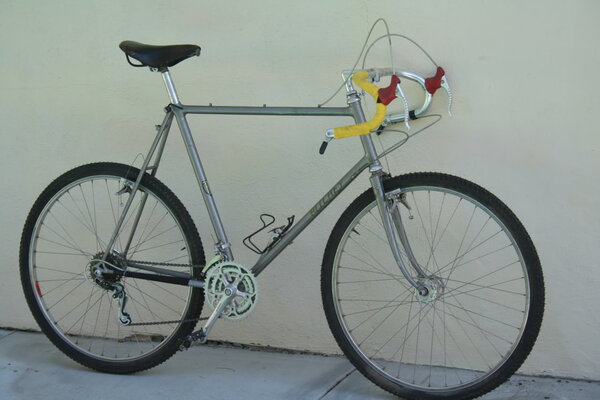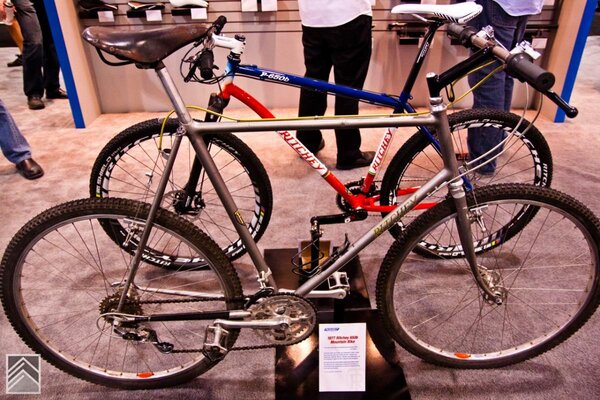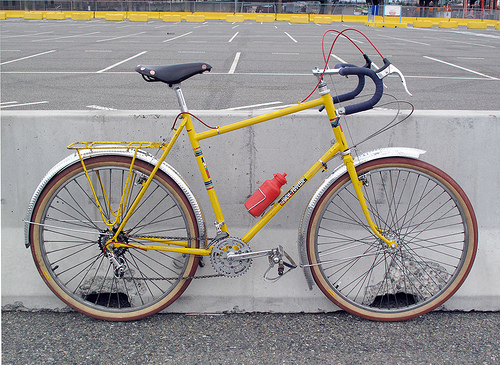- Feedback
- View
Re:
Great work Dan
Lots of interesting stuff there, especially the use of bolt on cantilever brakes prior to Breezer No.1.
I was guessing that there may have been a tandem connection Due to Joe Breeze and Otis Guy's interest in tandem riding/racing. However looking at the pictures on their tandem shows it fitted with side-pulls. Anyway, their interest in tandem riding may have come well after they started using cantilever brakes on Klunkers?
I also know that there was a Cyclo-cross racing scene in 1970's/80's California.
http://en.wikipedia.org/wiki/Cyclo-cross
"Cyclo-cross began to become popular in the United States in the 1970s, in New England and California. The Cyclo-cross National Championships restarted in 1975 in Berkeley, CA and have continued to be held every year at various locations throughout the United States. The Surf City race series held in Santa Cruz, CA holds a lot of history of Cyclo-cross in the United States."
And it's far more likely that the mountain bike pioneers learned about cantilever brakes from taking part in Cyclo-cross races, than from noticing their use on obscure English "Roughstuff" bikes.
Great work Dan
Lots of interesting stuff there, especially the use of bolt on cantilever brakes prior to Breezer No.1.
I was guessing that there may have been a tandem connection Due to Joe Breeze and Otis Guy's interest in tandem riding/racing. However looking at the pictures on their tandem shows it fitted with side-pulls. Anyway, their interest in tandem riding may have come well after they started using cantilever brakes on Klunkers?
I also know that there was a Cyclo-cross racing scene in 1970's/80's California.
http://en.wikipedia.org/wiki/Cyclo-cross
"Cyclo-cross began to become popular in the United States in the 1970s, in New England and California. The Cyclo-cross National Championships restarted in 1975 in Berkeley, CA and have continued to be held every year at various locations throughout the United States. The Surf City race series held in Santa Cruz, CA holds a lot of history of Cyclo-cross in the United States."
And it's far more likely that the mountain bike pioneers learned about cantilever brakes from taking part in Cyclo-cross races, than from noticing their use on obscure English "Roughstuff" bikes.



